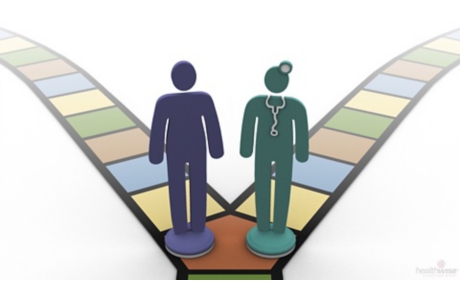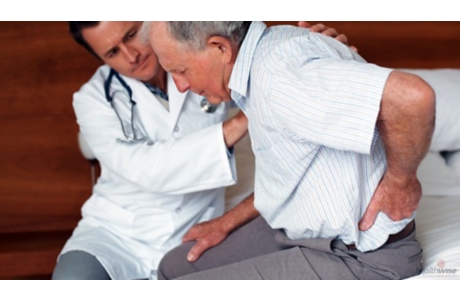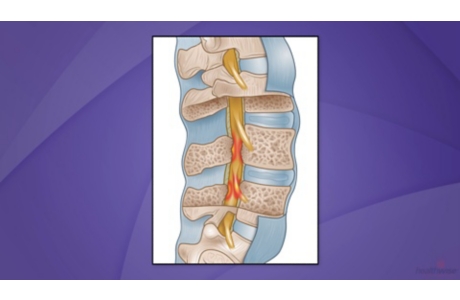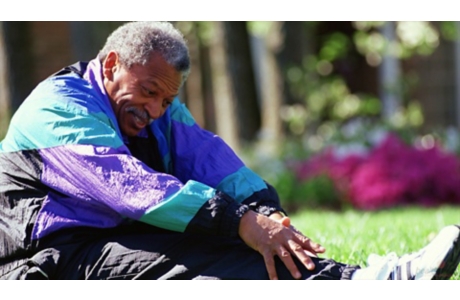Physical Therapy for Spinal Stenosis
Topic Overview
The purpose of physical therapy is to decrease pain and allow you to gradually return to your normal activities. Physical therapy for spinal stenosis involves treatment with physical or mechanical means, such as through exercise or heat. Physical therapy may reduce pain in the soft tissues (such as the muscles, ligaments, and tendons), improve function, and build muscle strength. A physical therapist provides these treatments and will also provide education, instruction, and support for recovery.
Physical therapy techniques may include:
- Stretching, to reduce stress on joints.
- Education, to help you improve and maintain your posture.
- Exercise, to strengthen muscles.
- Manual therapy, including massage, to improve or keep range of motion.
- Heat therapy, to improve blood circulation to the muscles and other soft tissues.
- Ice therapy, to help relieve pain.
- Cycling and limited walking, to promote good physical conditioning.
- Aquatic exercises, to allow your body to exercise without pressure on the spine.
Exercises and techniques that may help relieve symptoms of spinal stenosis and prevent progression of the condition include:
- Lower limb strengthening, which may help prevent falls.
- Stretching.
- Pelvic tilts and lower back stabilizing.
- Frequent changes of position, to avoid sustained postures that compress the spine.
- Planning ahead so that you take breaks in between potentially back-stressing activities such as walking and yard work.
- Proper lifting, pushing, and pulling.
Your doctor or a physical therapist will design a program specific to your normal level of activity, physical fitness, and severity of pain.
Credits
Current as ofJune 26, 2019
Author: Healthwise Staff
Medical Review: William H. Blahd, Jr., MD, FACEP – Emergency Medicine
E. Gregory Thompson, MD – Internal Medicine
Adam Husney, MD – Family Medicine
Kathleen Romito, MD – Family Medicine
Kenneth J. Koval, MD – Orthopedic Surgery, Orthopedic Trauma
Current as of: June 26, 2019
Author: Healthwise Staff
Medical Review:William H. Blahd, Jr., MD, FACEP – Emergency Medicine & E. Gregory Thompson, MD – Internal Medicine & Adam Husney, MD – Family Medicine & Kathleen Romito, MD – Family Medicine & Kenneth J. Koval, MD – Orthopedic Surgery, Orthopedic Trauma





